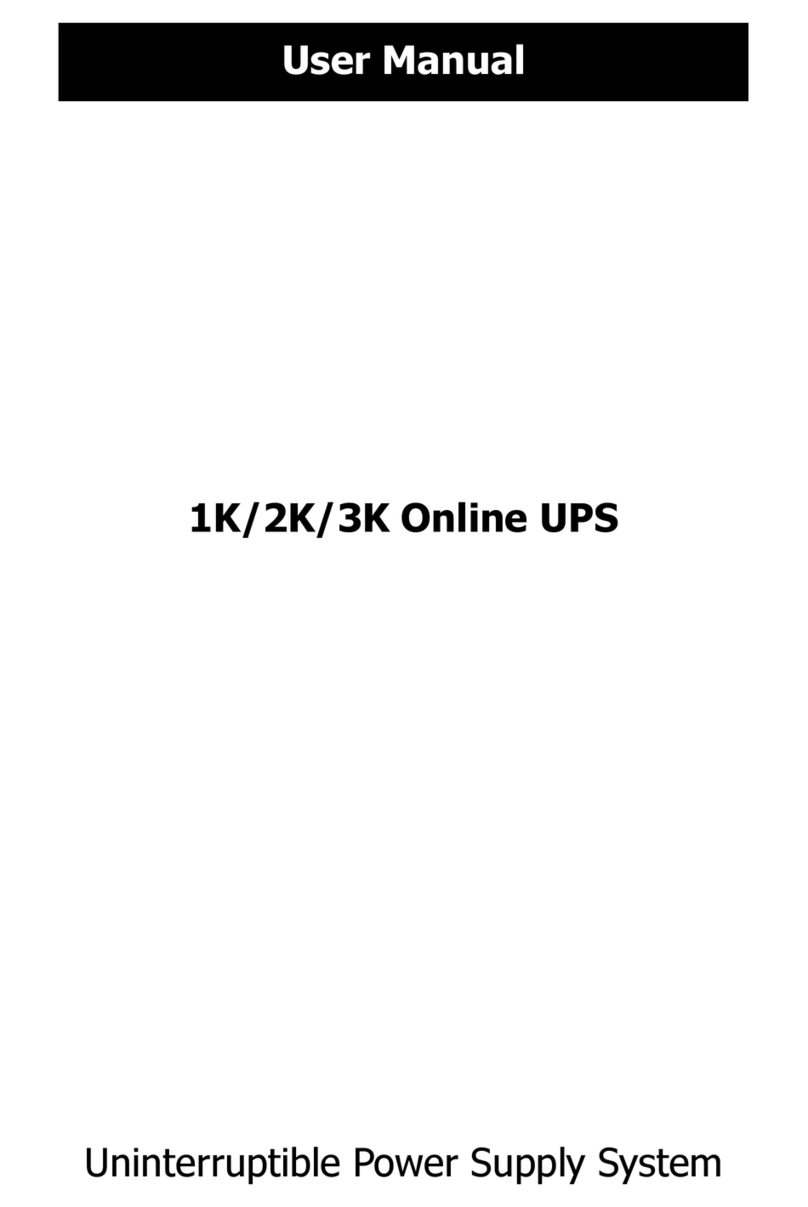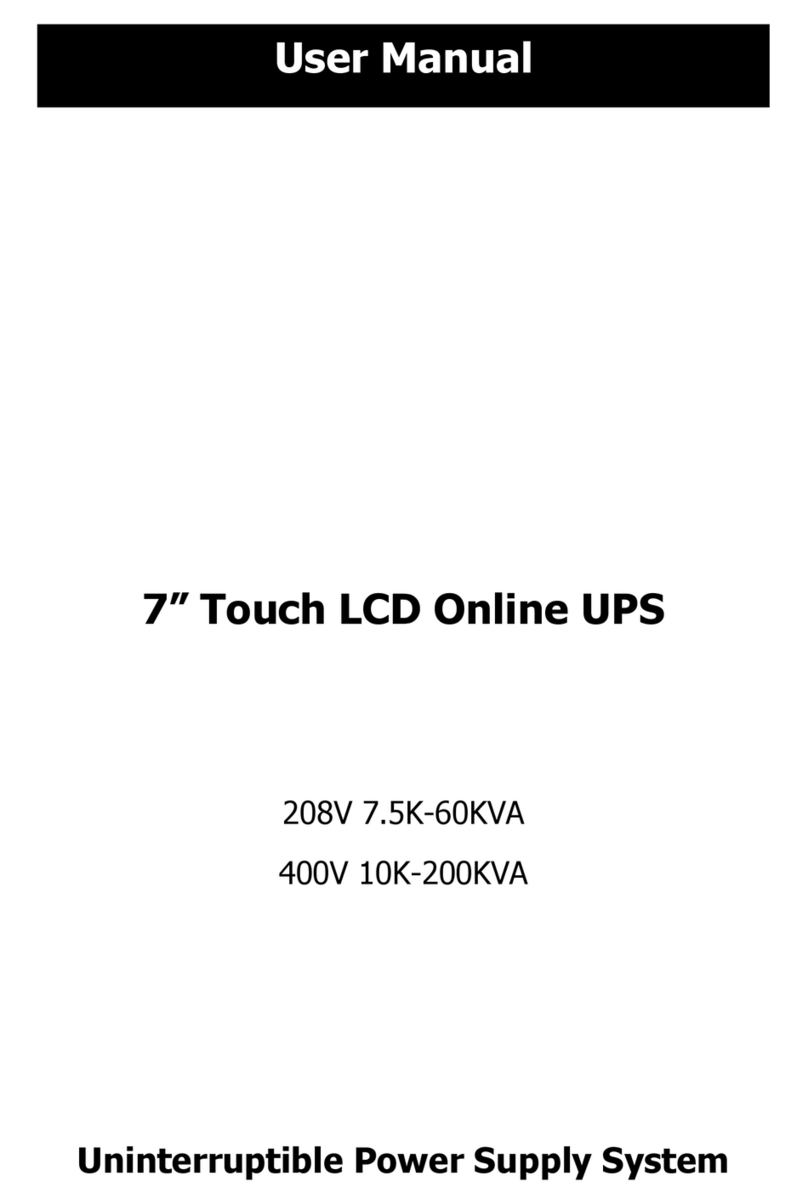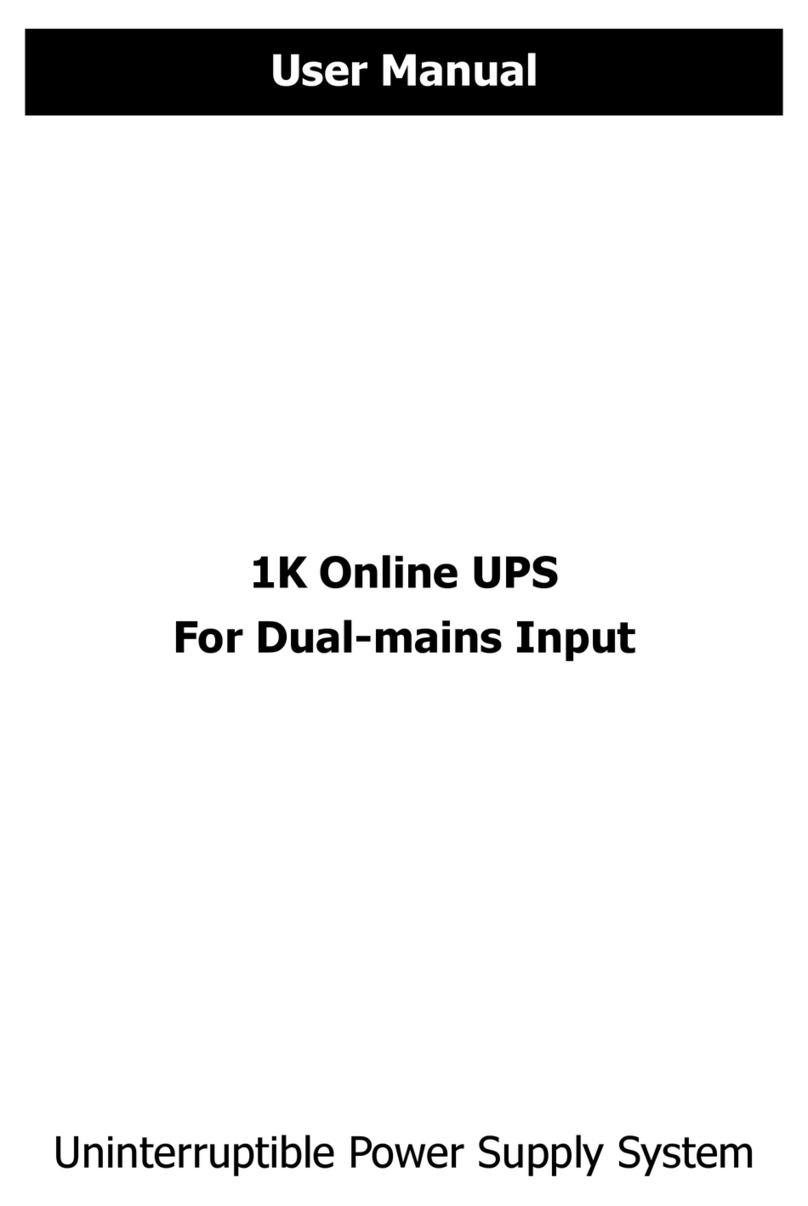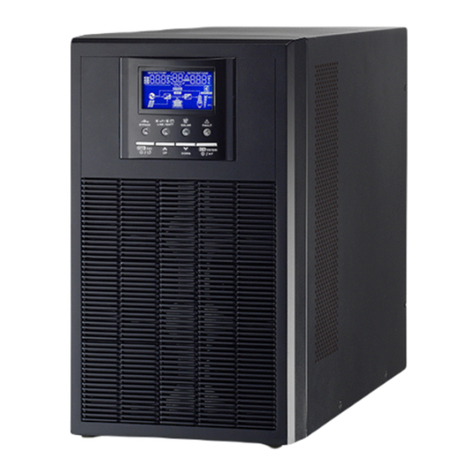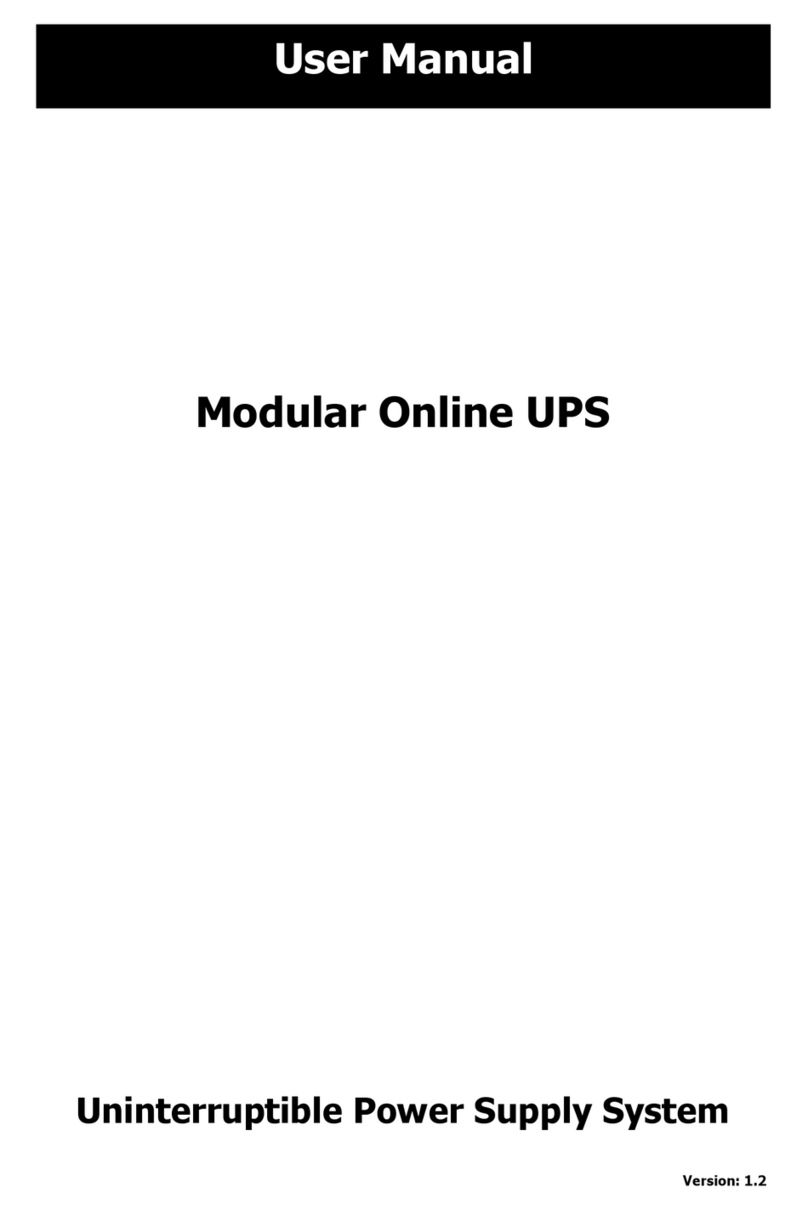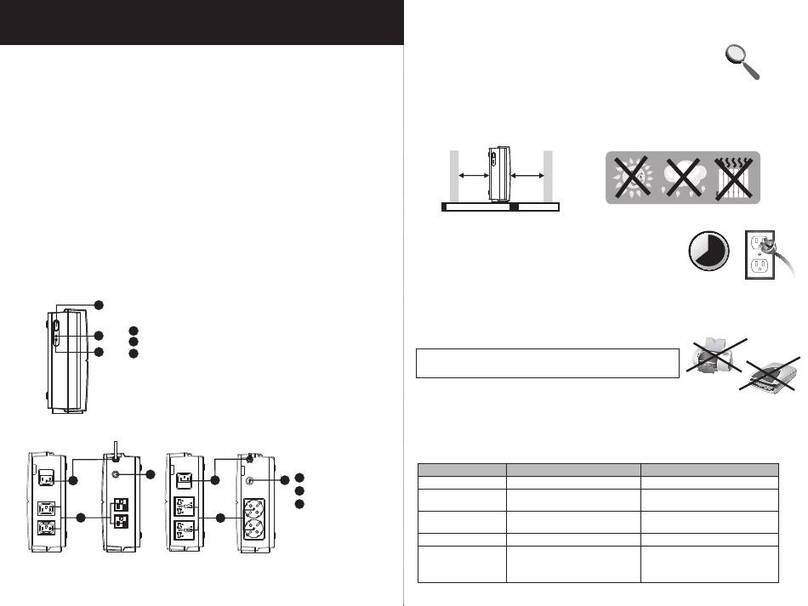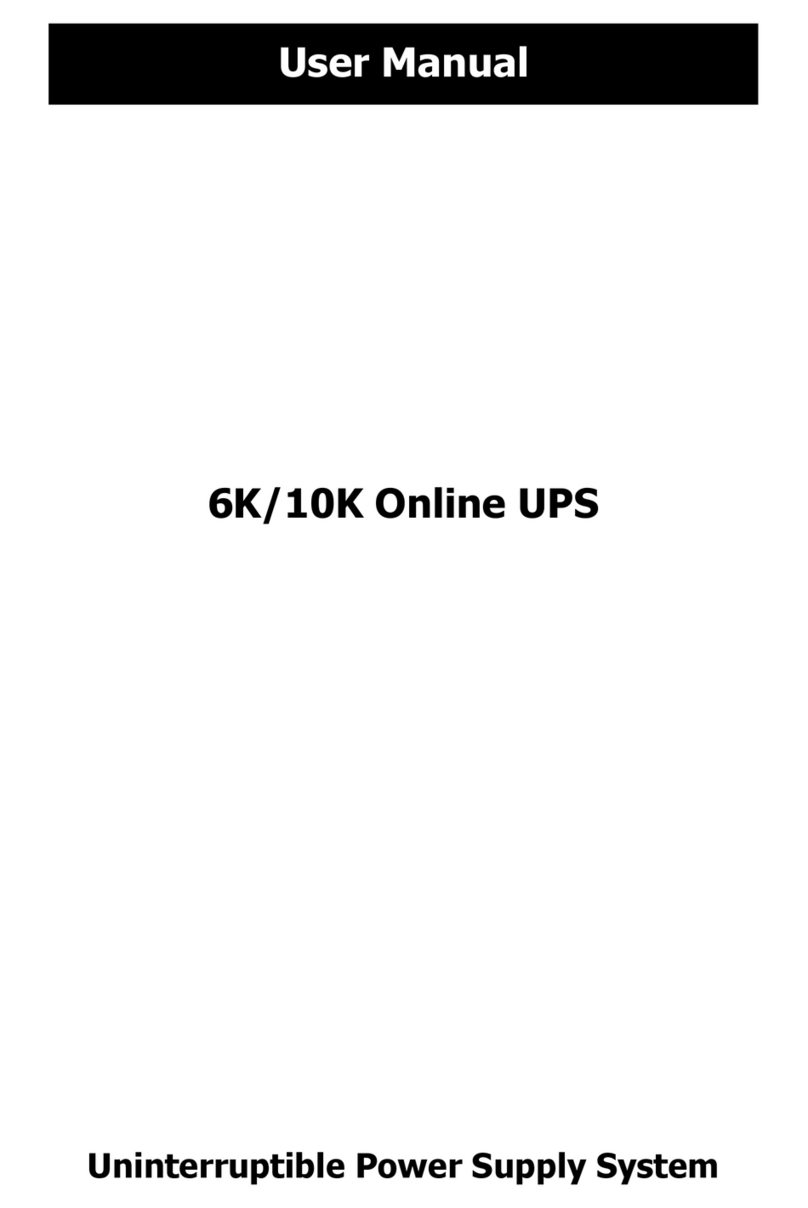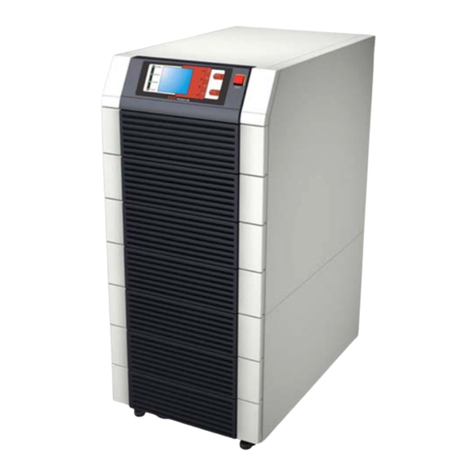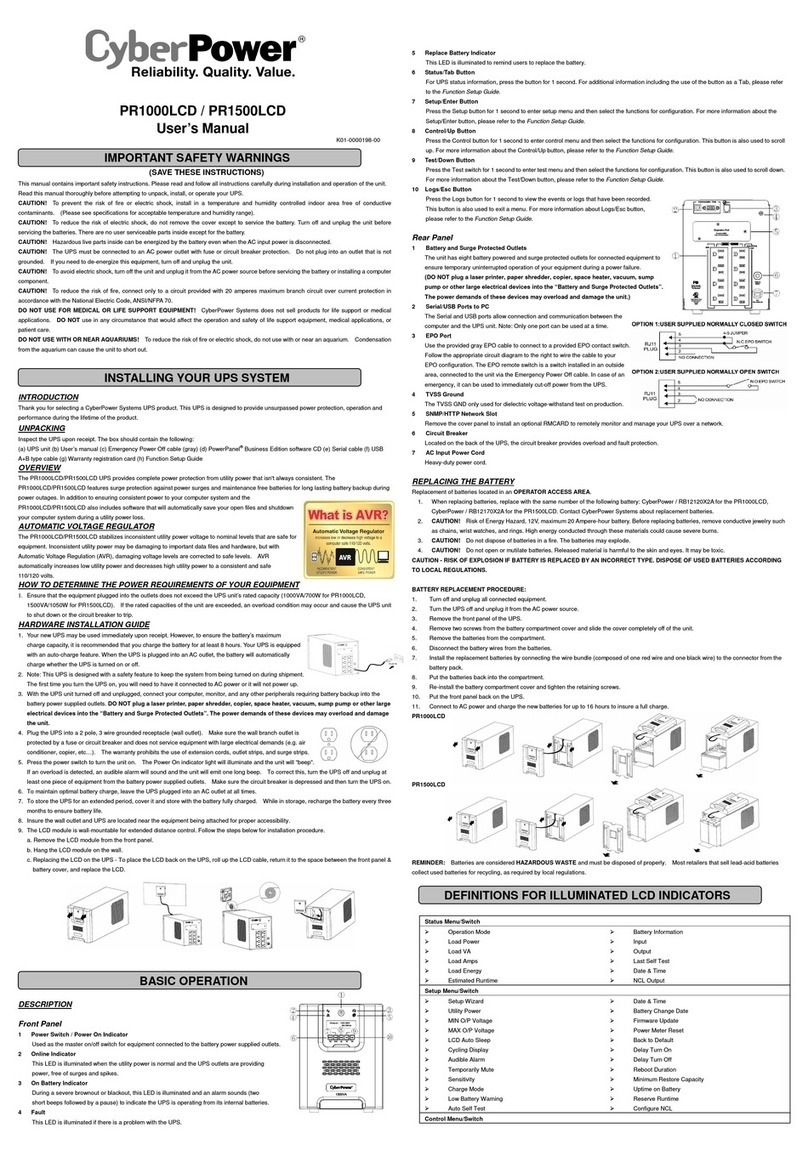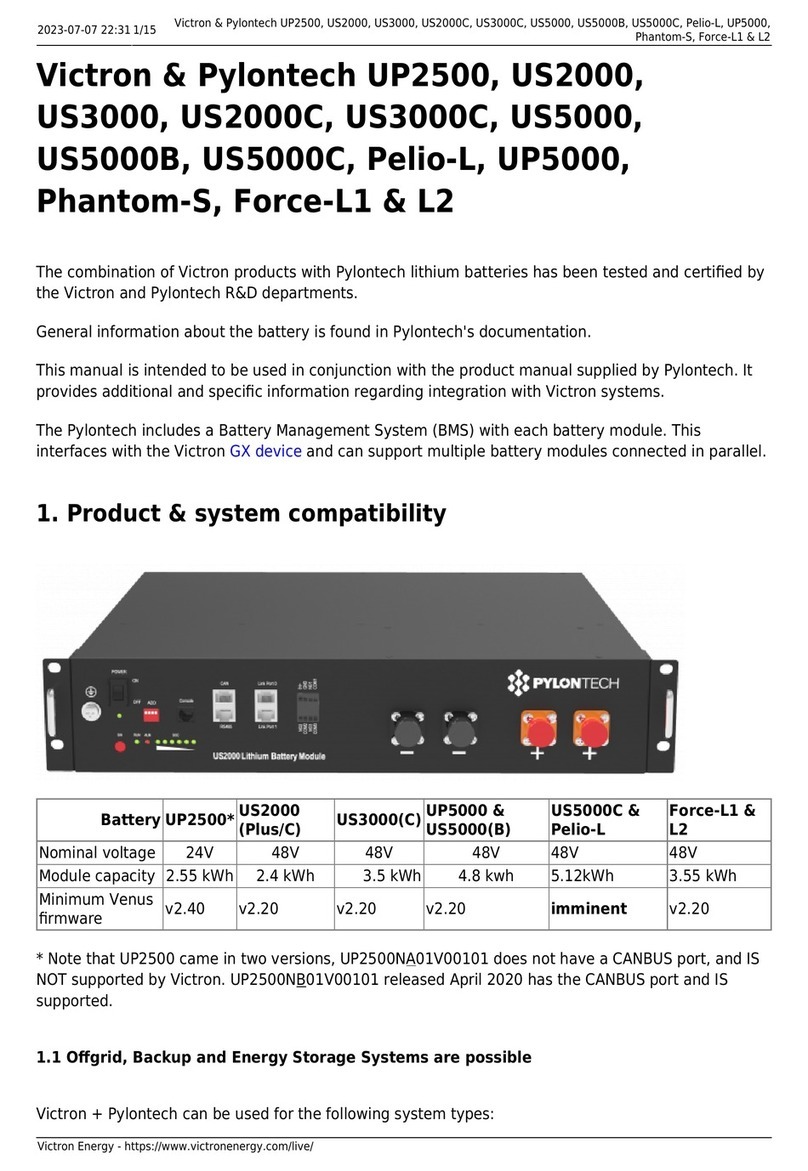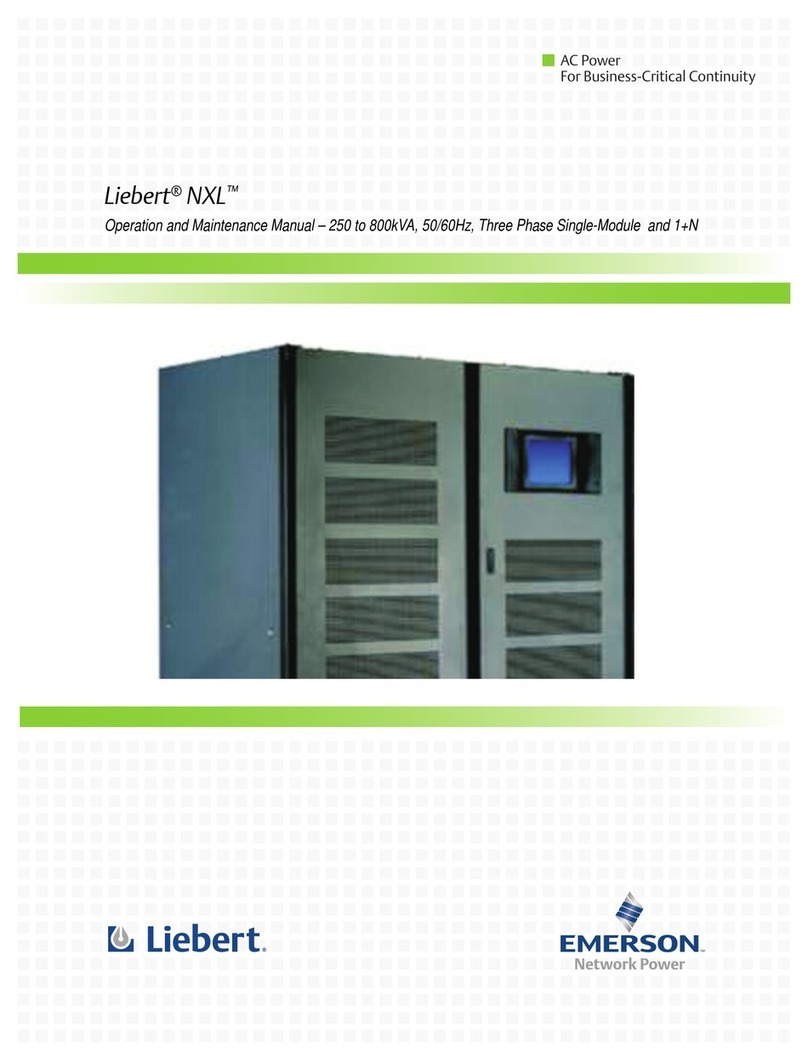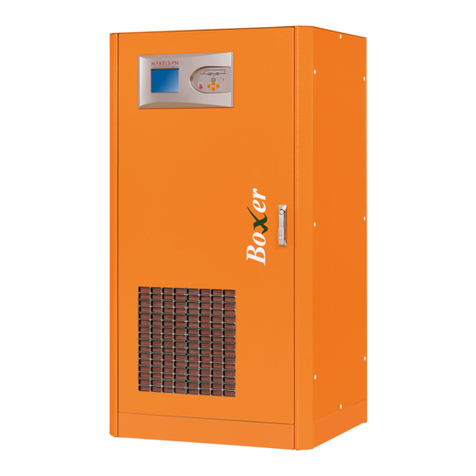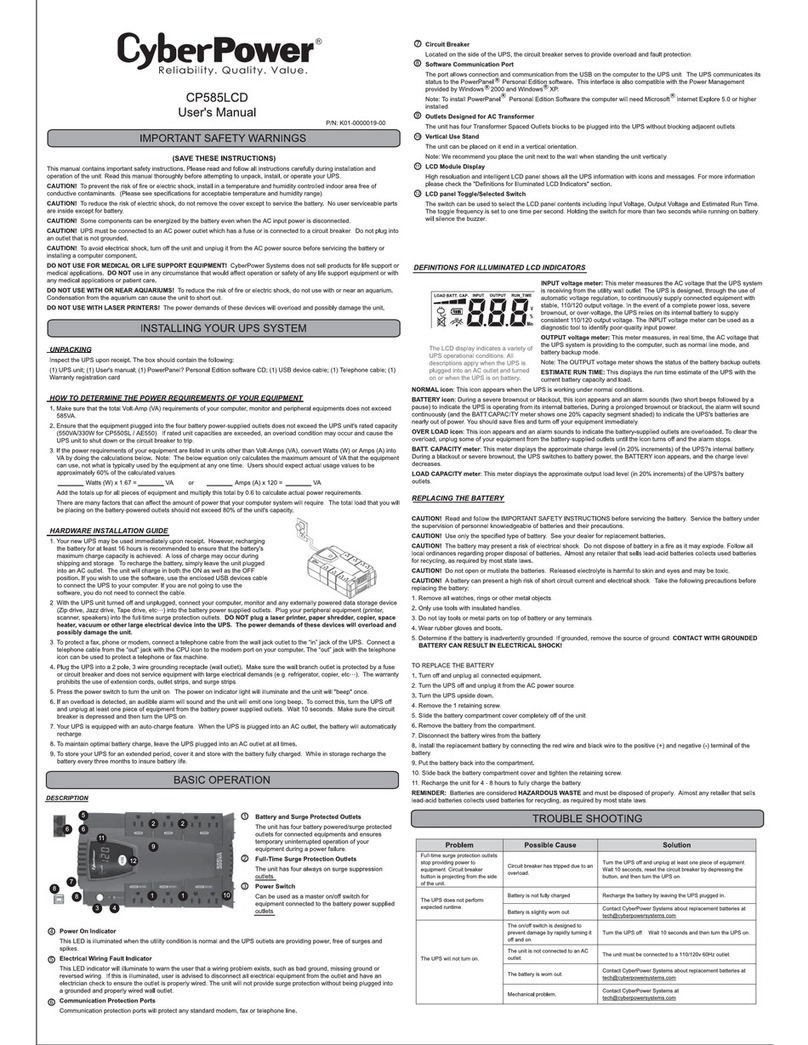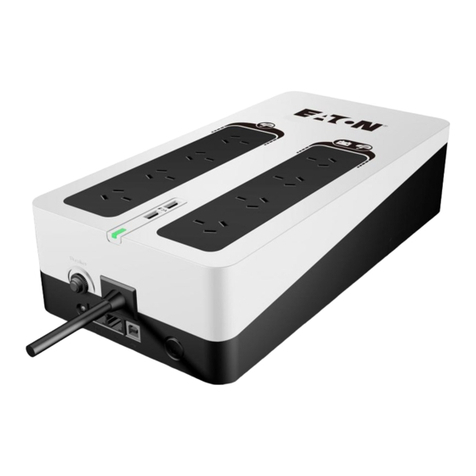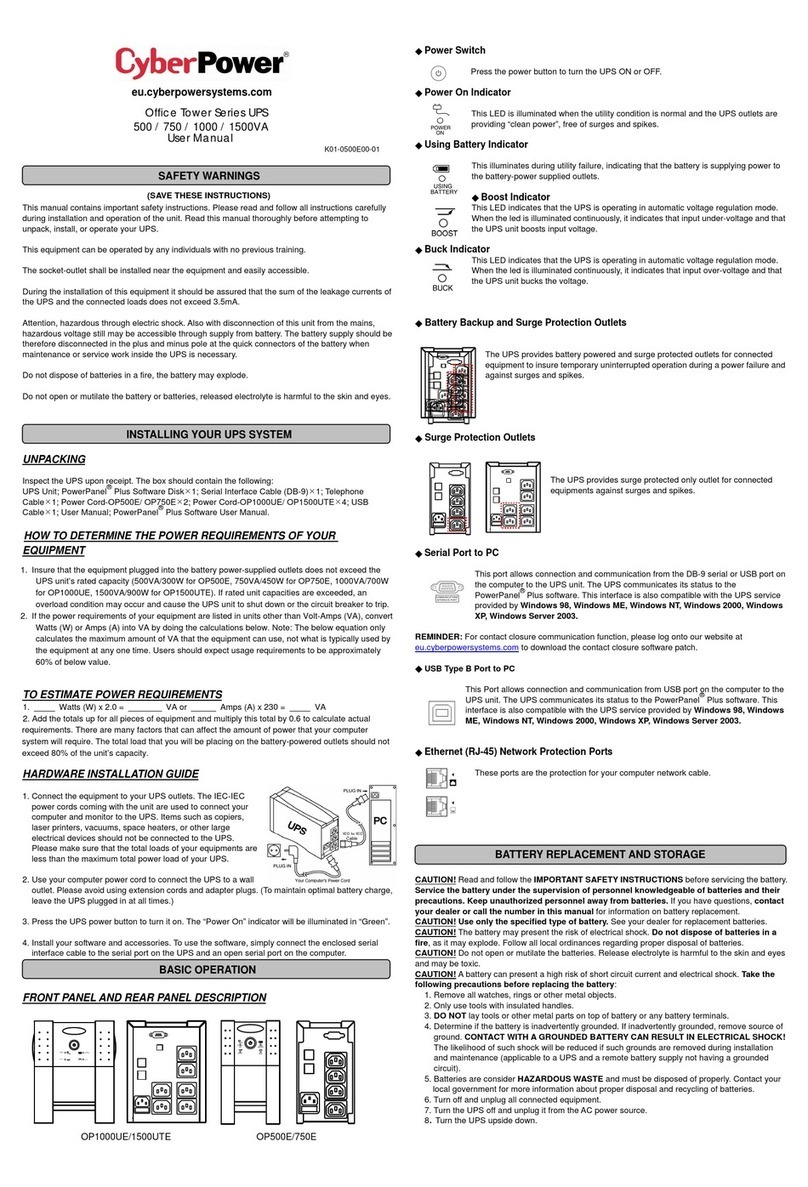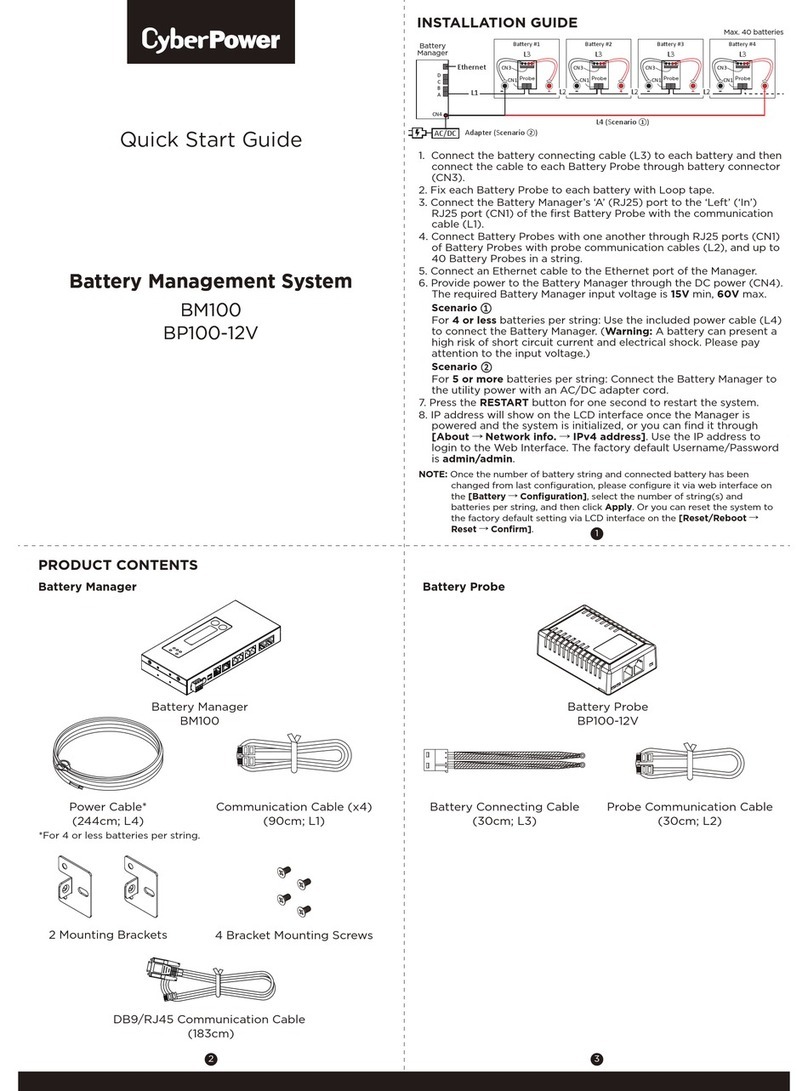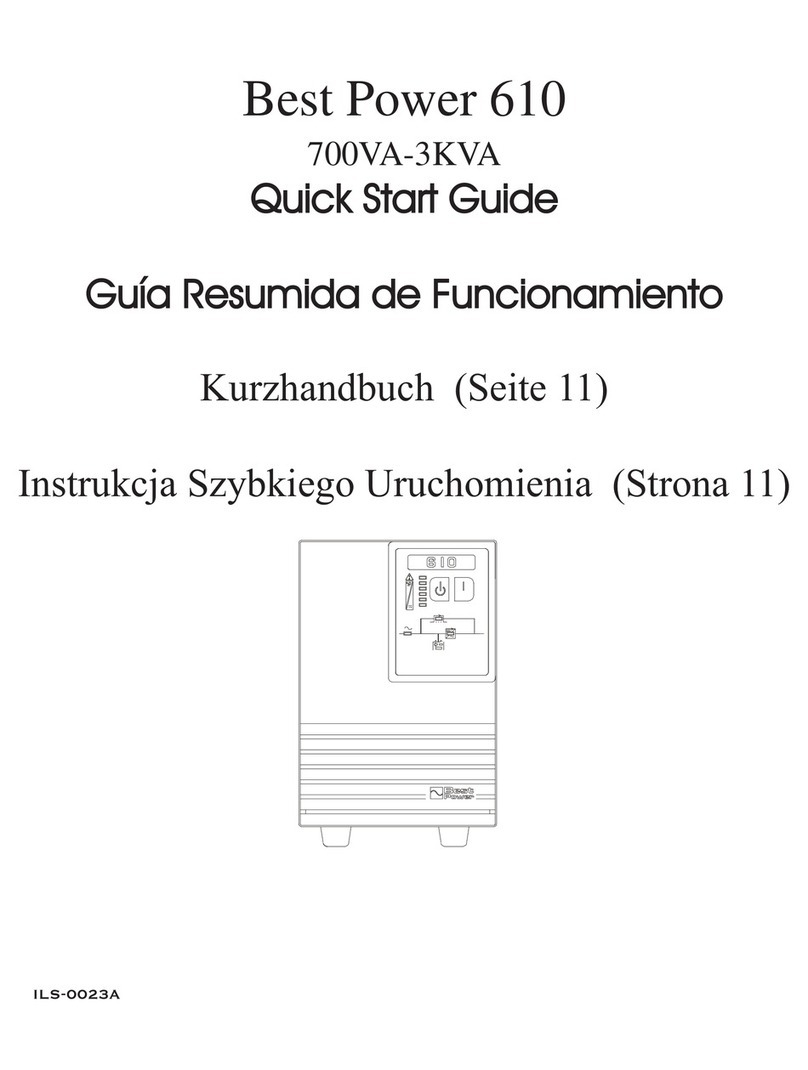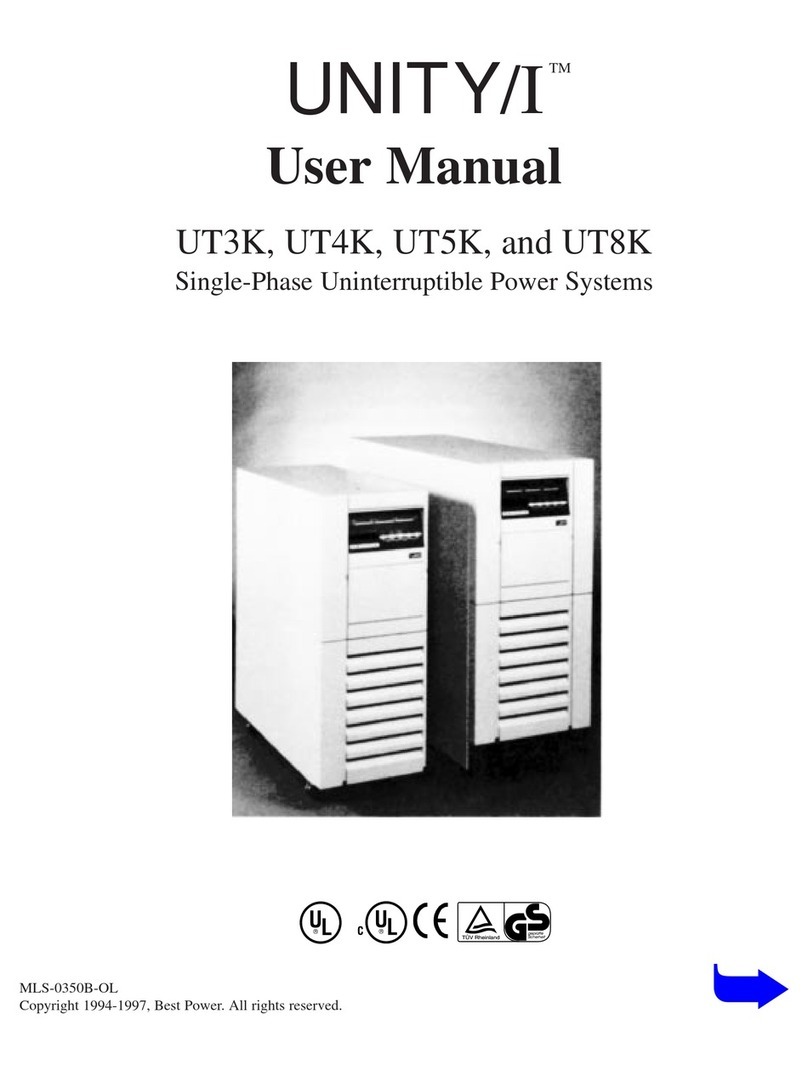Table of Contents
1. SAFETYAND EMC INSTRUCTIONS...........................................................................................................................1
1-1. TRANSPORTATION AND STORAGE ................................................................................................................................... 1
1-2. PREPARATION................................................................................................................................................................ 1
1-3. INSTALLATION ............................................................................................................................................................... 1
1-4. CONNECTION WARNINGS .................................................................................................................................... 2
1-5. OPERATION ................................................................................................................................................................... 3
1-6. STANDARDS................................................................................................................................................................... 3
2. INSTALLATION AND OPERATION .............................................................................................................................4
2-1. UNPACKING AND INSPECTION......................................................................................................................................... 4
2-2. REAR PANEL VIEW......................................................................................................................................................... 4
2-3. SINGLE UPS INSTALLATION ........................................................................................................................................... 6
2-4. UPS INSTALLATION FOR PARALLEL SYSTEM ....................................................................................................................8
2-5. SOFTWARE INSTALLATION.............................................................................................................................................. 8
3. OPERATIONS ................................................................................................................................................................... 9
3-1. BUTTON OPERATION...................................................................................................................................................... 9
3-2. LED INDICATORS AND LCD PANEL................................................................................................................................. 9
3-3. AUDIBLE ALARM .......................................................................................................................................................... 11
3-4. SINGLE UPS OPERATION ............................................................................................................................................. 11
3-5. PARALLEL OPERATION (ONLY FOR THE PARALLEL MODELS)............................................................................................ 14
3-6. ABBREVIATION &MEANING IN LCD DISPLAY................................................................................................................ 15
3-7. LCD SETTING ............................................................................................................................................................. 16
3-8. OPERATING MODE/STATUS DESCRIPTION .................................................................................................................... 21
3-9. FAULT CODE ............................................................................................................................................................... 27
3-10.WARNING INDICATOR ................................................................................................................................................ 27
3-11.WARNING CODE......................................................................................................................................................... 28
4. TROUBLE SHOOTING ................................................................................................................................................. 29
5. STORAGE AND MAINTENANCE............................................................................................................................... 31
5-1. STORAGE .................................................................................................................................................................... 31
5-2. MAINTENANCE............................................................................................................................................................. 31
6. SPECIFICATIONS.......................................................................................................................................................... 32
